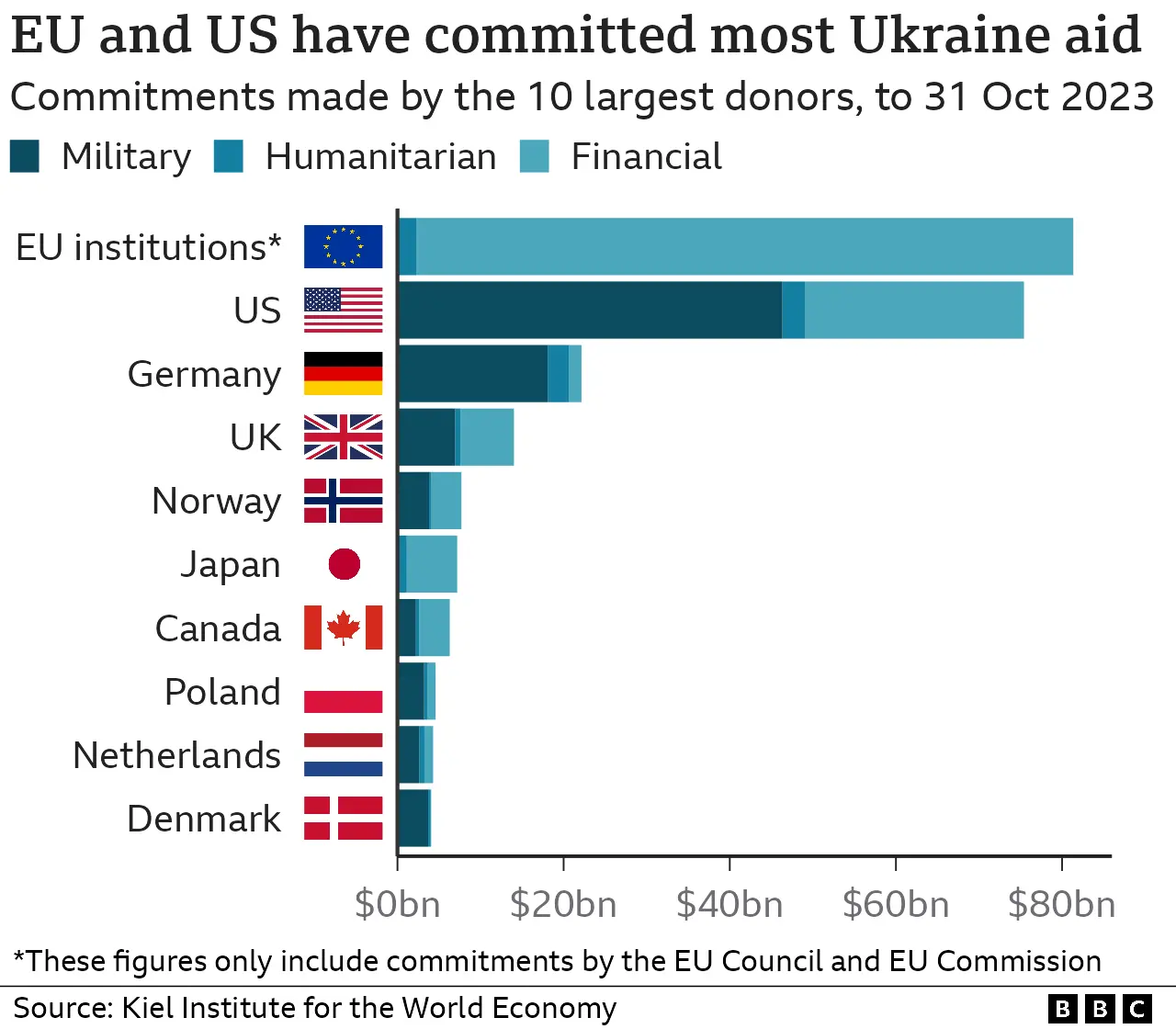Analysis Of Global Military Spending: Europe's Response To The Russian Threat

Table of Contents
The Surge in European Military Spending
Since the start of the Ukraine conflict, Europe has witnessed a dramatic increase in military spending. Data from the Stockholm International Peace Research Institute (SIPRI) reveals a significant upward trend, exceeding previous years' figures considerably. This surge in Europe's military spending represents a fundamental shift in the continent's security posture.
- Percentage increase: Many European nations have seen double-digit percentage increases in defense budgets compared to pre-conflict levels. Specific figures vary widely depending on the country and its existing defense capabilities.
- Significant increases: Germany, Poland, and the United Kingdom are among the countries that have registered the most substantial increases in military spending. Germany, in particular, has committed to a significant increase in its defense budget, aiming to meet NATO's spending targets.
- NATO's 2% GDP target: The NATO target of allocating 2% of GDP to defense spending has become a focal point, influencing many member states' budgetary decisions and directly impacting Europe's military spending. The target, while not universally met, has spurred significant investment across the alliance.
The factors driving this increase are multifaceted. The perceived threat from Russia, exacerbated by the invasion of Ukraine, is undeniably a primary driver. Furthermore, the need for modernization of aging equipment and a renewed emphasis on defense cooperation within NATO are also key contributors to the escalating military expenditure.
Modernization and Technological Advancements
The increased military spending is not merely about boosting existing forces; it's about modernization and technological advancements. European nations are investing heavily in improving their defense capabilities across various domains.
- Cyber warfare capabilities: Investment in cyber defense and offensive capabilities is rapidly expanding, recognizing the importance of protecting critical infrastructure and countering cyber threats.
- Advanced weaponry: Significant procurement programs are underway for advanced fighter jets, air defense systems, and other cutting-edge weaponry. Examples include the ongoing procurement of F-35 fighter jets by several European nations and investments in advanced air and missile defense systems.
- New military technologies: Collaborative projects involving multiple European nations are focusing on developing new technologies and enhancing interoperability within defense systems. This collaborative approach aims to enhance efficiency and effectiveness.
This modernization is not just about acquiring new equipment; it's about creating a more robust and resilient defense posture, capable of responding to a wider range of threats, including hybrid warfare and advanced technological threats. This shift in Europe's military spending is aimed at enhancing deterrence and ensuring regional stability.
Increased Defense Cooperation and NATO's Role
The Ukraine conflict has underscored the importance of strong defense partnerships and cooperation. European countries are actively strengthening their bonds, particularly within the framework of NATO.
- Joint military exercises: There's a notable increase in the frequency and scale of joint military exercises and training programs among NATO allies, enhancing interoperability and preparedness.
- Intelligence cooperation: Information sharing and intelligence cooperation have intensified, improving collective situational awareness and enhancing the ability to respond effectively to threats.
- Collaborative procurement: Joint development and procurement of military equipment are becoming increasingly common, offering economies of scale and streamlining the acquisition process.
These partnerships are crucial for deterring potential aggression and fostering collective security. NATO's role in coordinating these efforts is paramount, strengthening the alliance's overall strategic posture and influencing Europe's military spending trajectory. NATO's enhanced forward presence and increased military exercises directly reflect this collaborative response.
Economic and Societal Implications of Increased Military Spending
The significant increase in Europe's military spending has substantial economic and societal implications that require careful consideration.
- Impact on social programs: Increased military spending may strain national budgets, potentially diverting funds from social programs and public services, leading to difficult choices in resource allocation.
- Increased public debt: The financing of these substantial defense investments could lead to an increase in public debt in some European countries, demanding a balance between security needs and fiscal responsibility.
- Long-term economic effects: The long-term economic effects are complex and depend on various factors, including the efficiency of military spending and the broader economic climate. Investment in defense can stimulate technological innovation and create jobs, but this needs to be weighed against the opportunity costs.
Public opinion on military spending is also a crucial factor. The justification for the increased expenditure must be clearly communicated to the public, emphasizing the necessity for enhanced security in the current geopolitical environment. The political ramifications of these budgetary decisions are significant and require careful political navigation.
The Global Context: Implications for Global Military Spending
The increase in Europe's military spending has broader implications for global military expenditure and the overall security landscape.
- Potential for an arms race: The significant increase in European defense budgets could potentially trigger a regional or even global arms race, leading to a dangerous escalation in military capabilities.
- Impact on international relations: The shift in Europe's military spending significantly influences international relations, potentially affecting diplomatic efforts and relations with other global powers.
- Global security and stability: The overall impact on global security and stability remains uncertain. It could either contribute to increased stability through deterrence or, conversely, exacerbate tensions and risks.
Analyzing the responses of other global powers, particularly Russia and China, is crucial in evaluating the potential for escalation or de-escalation. The interplay between these different actors will determine the long-term consequences of this shift in Europe's military spending.
Conclusion
This analysis reveals a significant increase in Europe's military spending driven largely by the perceived threat from Russia and a need for modernization and enhanced defense cooperation within NATO. The economic and societal implications are considerable, requiring careful management and transparent communication. The impact on the global security landscape is complex and warrants continued monitoring. Further research into Europe's military spending is crucial for understanding the evolving geopolitical landscape. Continued analysis of Europe's military spending will be critical in assessing the long-term consequences for global security and stability. Stay informed on the evolving situation and the future of Europe's military spending.

Featured Posts
-
 Quick Facts About Michael Jordans Life And Career
Apr 30, 2025
Quick Facts About Michael Jordans Life And Career
Apr 30, 2025 -
 Biker Seriously Injured In Lorry Collision Investigation Underway
Apr 30, 2025
Biker Seriously Injured In Lorry Collision Investigation Underway
Apr 30, 2025 -
 Angels Season Starts With Injury And Pitching Woes
Apr 30, 2025
Angels Season Starts With Injury And Pitching Woes
Apr 30, 2025 -
 Chirurgie Ratee Des Hemorroides En Franche Comte Les Patients Etaient Ils Informes
Apr 30, 2025
Chirurgie Ratee Des Hemorroides En Franche Comte Les Patients Etaient Ils Informes
Apr 30, 2025 -
 Covid 19 Testing Scandal Lab Owner Pleads Guilty
Apr 30, 2025
Covid 19 Testing Scandal Lab Owner Pleads Guilty
Apr 30, 2025
